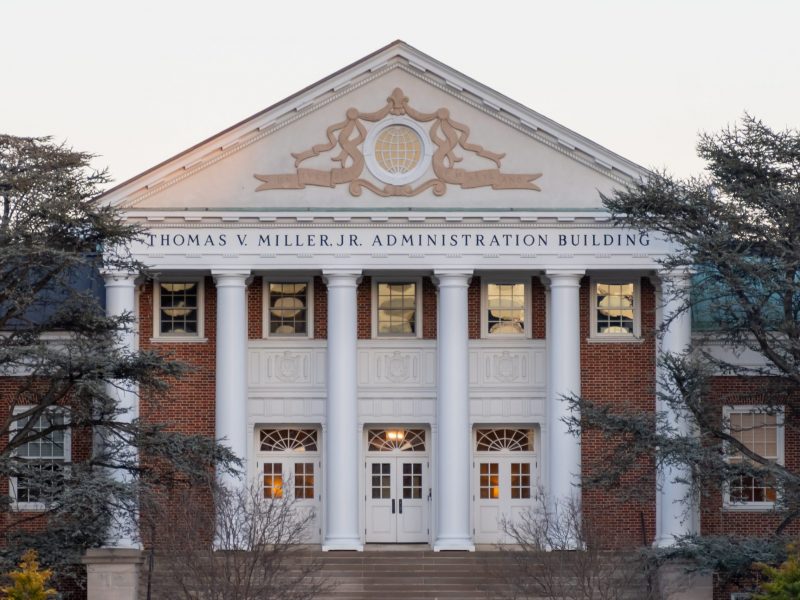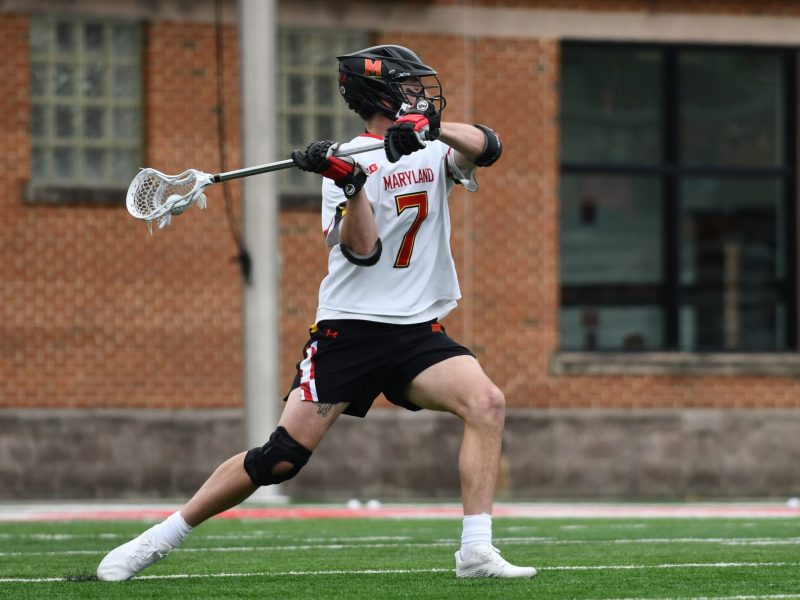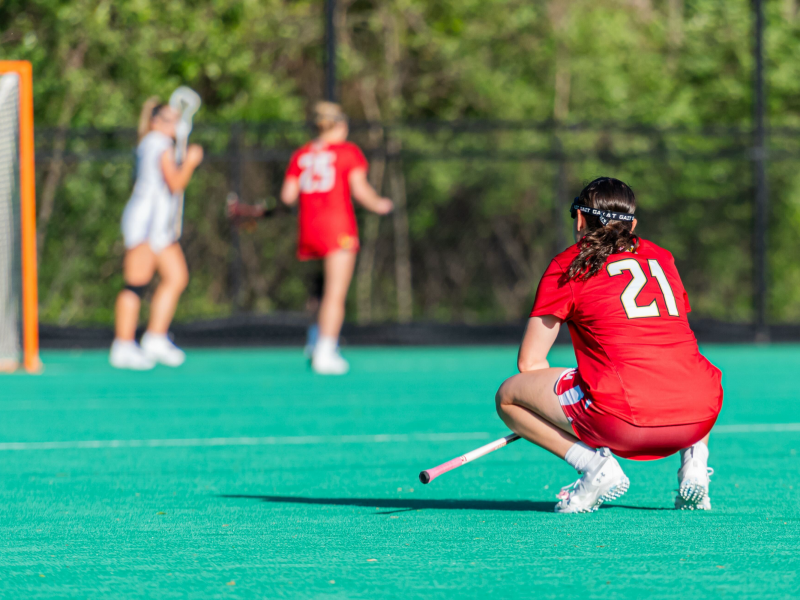
A UMD alert sent at 10:17 on Thursday read, “THIS IS A DRILL. Practice earthquake protective actions. DROP to the floor, COVER under a sturdy object, and HOLD ON.” This university joined the Great Shakeout, a national drill that aims to educate people about how they should react to an earthquake.
CORRECTION: Due to a reporting error, this article incorrectly stated the magnitude of a 2011 earthquake that hit the East Coast. It was a 5.8 magnitude earthquake. The following article has been corrected to reflect this change.
At 10:17 a.m. Thursday, students all across the campus felt a vibration.
It wasn’t an earthquake causing the tremor, but rather their cell phones simultaneously buzzing with a UMD Alert: “THIS IS A DRILL. Practice earthquake protective actions. DROP to the floor, COVER under a sturdy object, and HOLD ON.”
For the first time, the university joined the Great ShakeOut, an annual drill organized by the Earthquake Country Alliance aimed at educating people about the safest way to react to an earthquake. About 17 million people worldwide participated in the event Thursday, said Alisha Childress, the university’s emergency management coordinator.
“The purpose of the event is to develop a culture of emergency preparedness, specifically when it comes to earthquakes,” Childress said.
However, many students said participation in the drill on the campus was lackluster at best. Nathan Borak, a junior physics major, said he saw the word “practice” in the UMD Alert and thought he didn’t need to open it.
“That’s probably not a good idea, because if it ever isn’t a practice, I won’t be prepared,” Borak said. “But that’s the way it is.”
The drill also highlighted problems and inconsistencies in the UMD Alert system.
“I only got the second out of the two texts, so if there was an actual earthquake, I would have been screwed,” said Ellahe Nejadi, a freshman psychology major.
The university was participating in the Great SouthEast ShakeOut, a regional branch of the event that launched last year. After a magnitude 5.8 earthquake rocked the region in 2011, the university wants to acknowledge the importance of being prepared, Childress said.
“In 2011, people didn’t know how to respond, so a lot of people freaked out,” she said. “They were looking for guidance among all the chaos. In an effort to alleviate some of that confusion about what to do during an earthquake, we decided to take part in this annual drill.”
The main point of the drill was raising awareness, Childress said. Although the original ShakeOut event was located in southern California, earthquakes do occur locally on occasion, and students should know what to do in case of emergency, she said.
“Before 2011, people didn’t think something like an earthquake could happen on the East Coast,” she said. “I hope students take what they learned and bring it to their home communities.”
To advertise the drill, university officials put up posters around the campus, and Childress coordinated with the University Health Center, Department of Environmental Safety, Facilities Management and various classrooms to encourage students to participate. However, most classrooms did not see hordes of students hurrying to crouch beneath their desks after receiving the text.
Childress said she had realistic expectations for the success of the event and hoped it would lay a foundation for future drills and potential earthquakes.
“Being that this is the University of Maryland’s first time participating, I don’t expect all 50,000 people across campus to drop, cover and hold on,” she said. “However, I hope it raises awareness so that next year, people are excited to participate and feel comfortable dropping, covering and holding on wherever they are on campus.”


